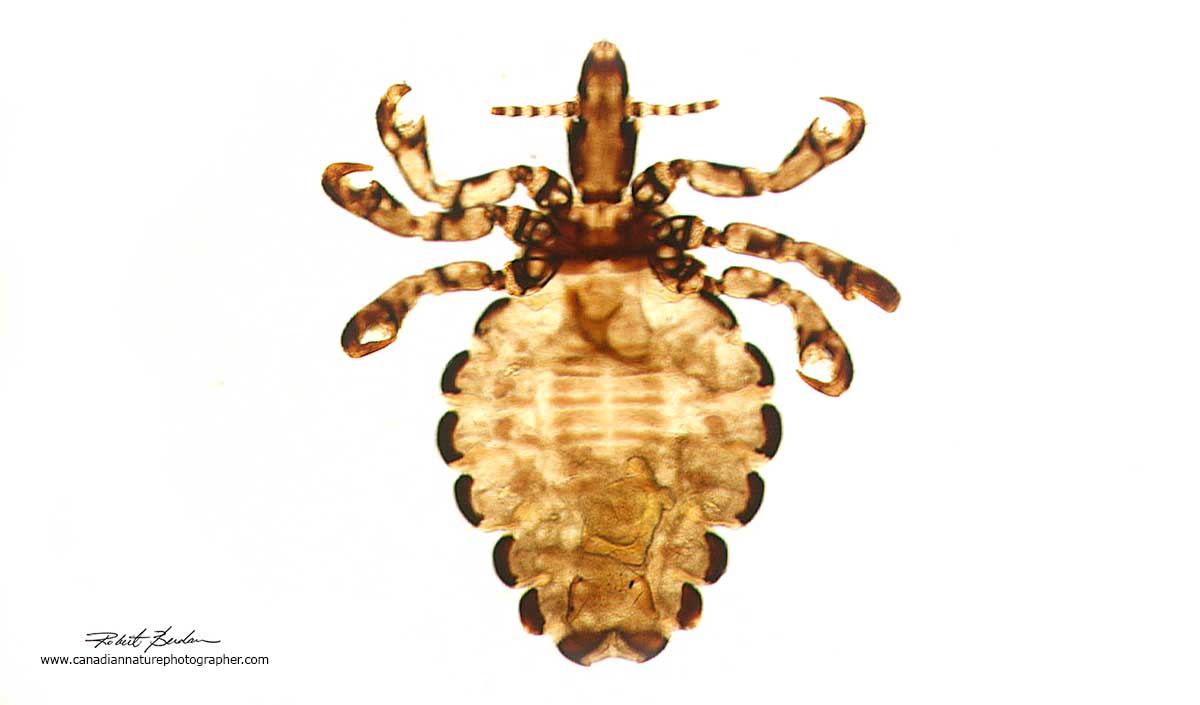
Using a Flatbed and Slide Scanner as a Low Power Microscope
by Dr. Robert Berdan
July 6, 2017

A few years ago I was hired to photograph the security features on Canadian currency for a children's book. They hired me because I had expertise in both macro and photo-micrography. It turns out that I never used my macro or microscope equipment to take the photos. Instead I used an Epson flat bed scanner.


The book Money, Money, Money available on Amazon.ca is shown in the top photo at the left. Closeups of Money are shown that were taken with a flatbed scanner. Note Photoshop won't let you open or edit scans of Canadian currency. At the time I edited the money using an earlier version of Photoshop which just said that authorities were notified. Pictures of money also require "Specimen" to be included on the image or part of the picture covered.
Flatbed scanners and slide scanners are capable of magnifying up to about 50X and they can provide a wide overview of the subject. I recently revisited the use of scanners to see just how good they are and how much magnification one could achieve. I also compared it with images I took with my macro lenses and microscope. In short the scanners are not as sharp as the macro lenses or microscope at high magnification, but are excellent at low magnification ( 1-10X) and if you have a scanner its an easy way to get into macrophotography or low power photomicrography.

I used an Epson V600 flatbed scanner (Cost about $225) capable of up to 12800 pixels per inch and a Nikon Coolscan 5000 slide scanner capable of 4000 dpi. The slide scanner cost me about $1800.00 (now cost is $3799 on Amazon). The Epson flat bed scanner can also scan slides and translucent specimens and produces professional results and makes more sense today as slide film is disappearing. I used the Epson scanner software on the Mac and Vuescan software which supports almost all scanners on the PC. Above you can see a comparison of a louse taken with the scanner and with my microscope. The microscope picture is sharper, but it also costs a lot more and requires more expertise to use. Specimen Haematopinus suis (female).

Above is Haematopinus suis (female) that was scanned from a microscope slide using my Nikon Cool scan - Total magnification about 22X (depends on your monitor, but the arthropod's real size is 5 mm). Again its not as sharp as a microscope, better then the flat bed scanner and certainly usable. I put the microscope slide between two 35 mm photography slide mounts to insert into the slide scanner.

Above a cross section of plant material, Pinus communis fruit photographed with the Epson Flatbed scanner at 12,800 ppi. The actual cross section diameter is 15 mm Magnification approx 10X.

Cross section of a mamal eye showing the lens and retina - from a prepared slide about 10X - Epson flat bed scanner.

On the left is a tissue section scanned with the Epson Flatbed scanner and the Right is the same section photographed with a microscope 20X objective. There is a clear difference in quality when comparing high magnification images in the microscope.

Above are some flowers I pulled from my Garden (Honey suckle and Wood Lilly) and placed them on the flat bed scanner - about life size.

Above is a fossil fish, the image was created using my Epson Flatbed scanner at about 1X Magnification. A scanner can be used to catalogue objects, also take low magnification pictures and many more things. Entire books have been written about how to use a flat bed scanner creatively (e.g. J. Ashford and J. Odam (1996) Start with Scan. Peachpit Press)
Using a scanner as a photography tool for macro, catalogue work and even as a low power microscope is something that might not of occurred to you before. I hope this article stimulates your imagination to try it. Of course I am not the first to think about using the scanner as a microscope below I link to some science papers that describe its use. I came across these afterwards, but its nice to know that some minds think alike and you may discover other creative uses for your flatbed or slide scanner. RB
References and Additional Links.
Scanning: An Alternative to Low Power Photomicrography - PDF
Scanography - scanner photography - Wikipedia
Using your film scanner as a microscope
An Alternative use for flatbed scanners - Dave Walker
Evaluation method of ordinary flatbed scanners for quantitative density analysis PDF - for Geeks.
Flatbed scanner as an instrument for physical studies - for Geeks
0.5 gigapixel microscopy using a flatbed scanner - abstract
Flatbed scanner Microscopy - YouTube video
Amateur Microscopy with a flatbed scanner - YouTube video
Simple 3D Surface Reconstruction Using Flatbed Scanner and 3D Print
Also see my other articles on Microscopy:
Rheinberg filters for Photomicrography
The Art & Science of Photomicrography with Polarized Light
Microscopic Life in Ponds and Rainwater
Photographing Through a Microscope Photomicrography - Inner Space
Authors Biography & Contact Information

Robert Berdan is a professional nature photographer living in Calgary, AB specializing in nature, wildlife and science photography. Robert offers photo guiding and private instruction in all aspects of nature photography and Adobe Photoshop training.
Email at: rberdan@scienceandart.org
Web site: www.canadiannaturephotographer.com
Phone: MST 9am -7 pm (403) 247-2457.
Click on the buttons below and share this site with your friends